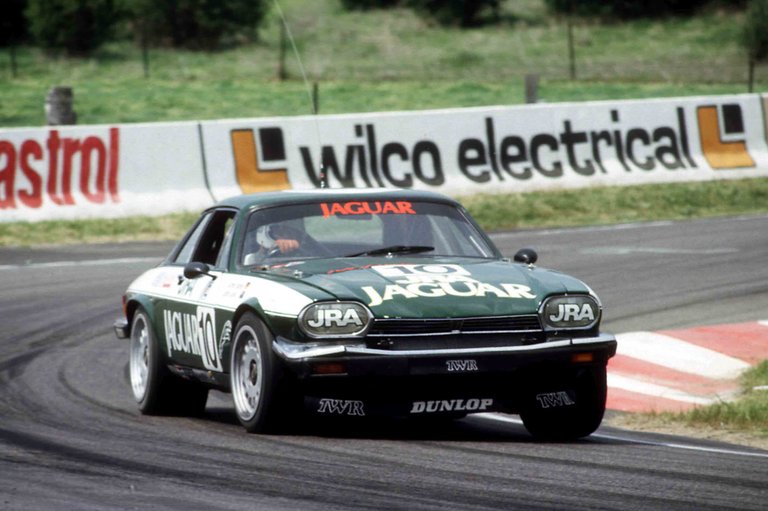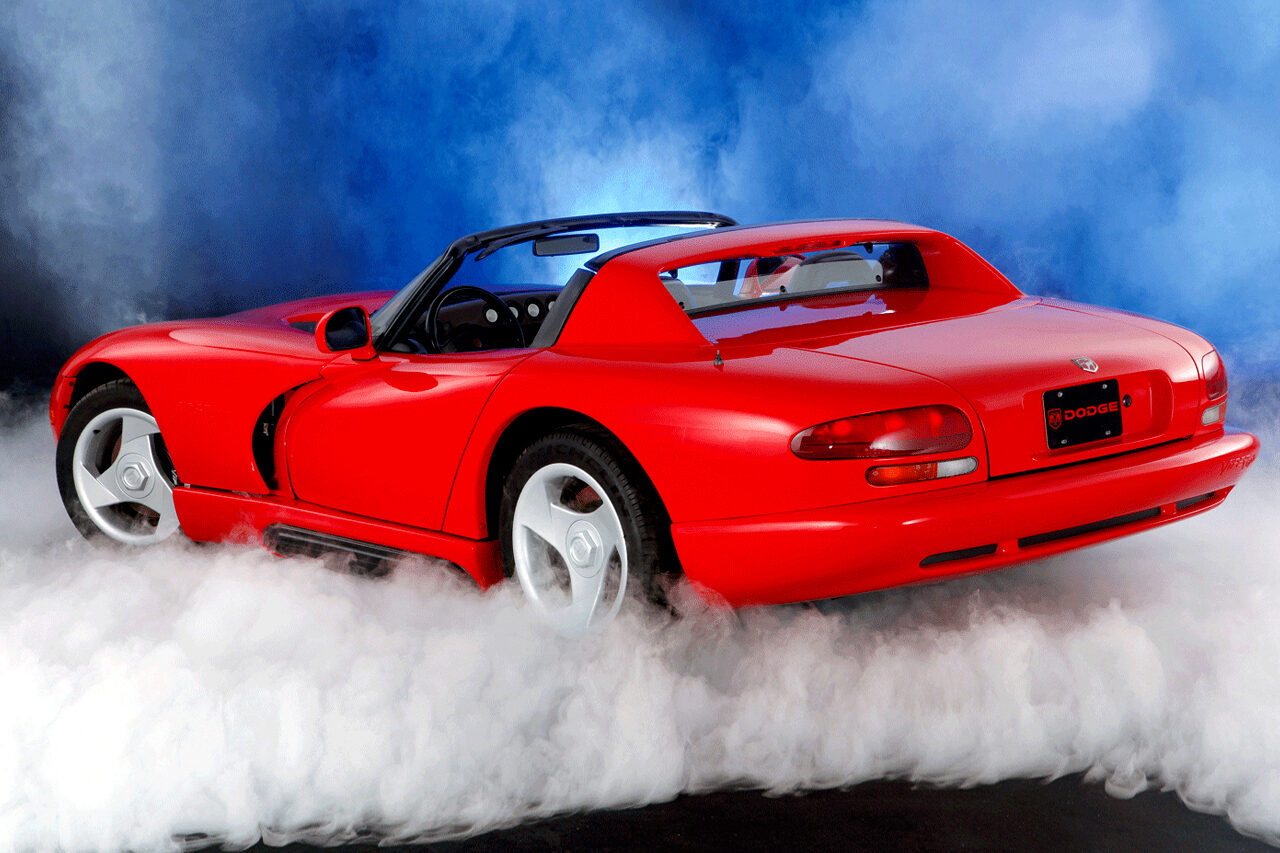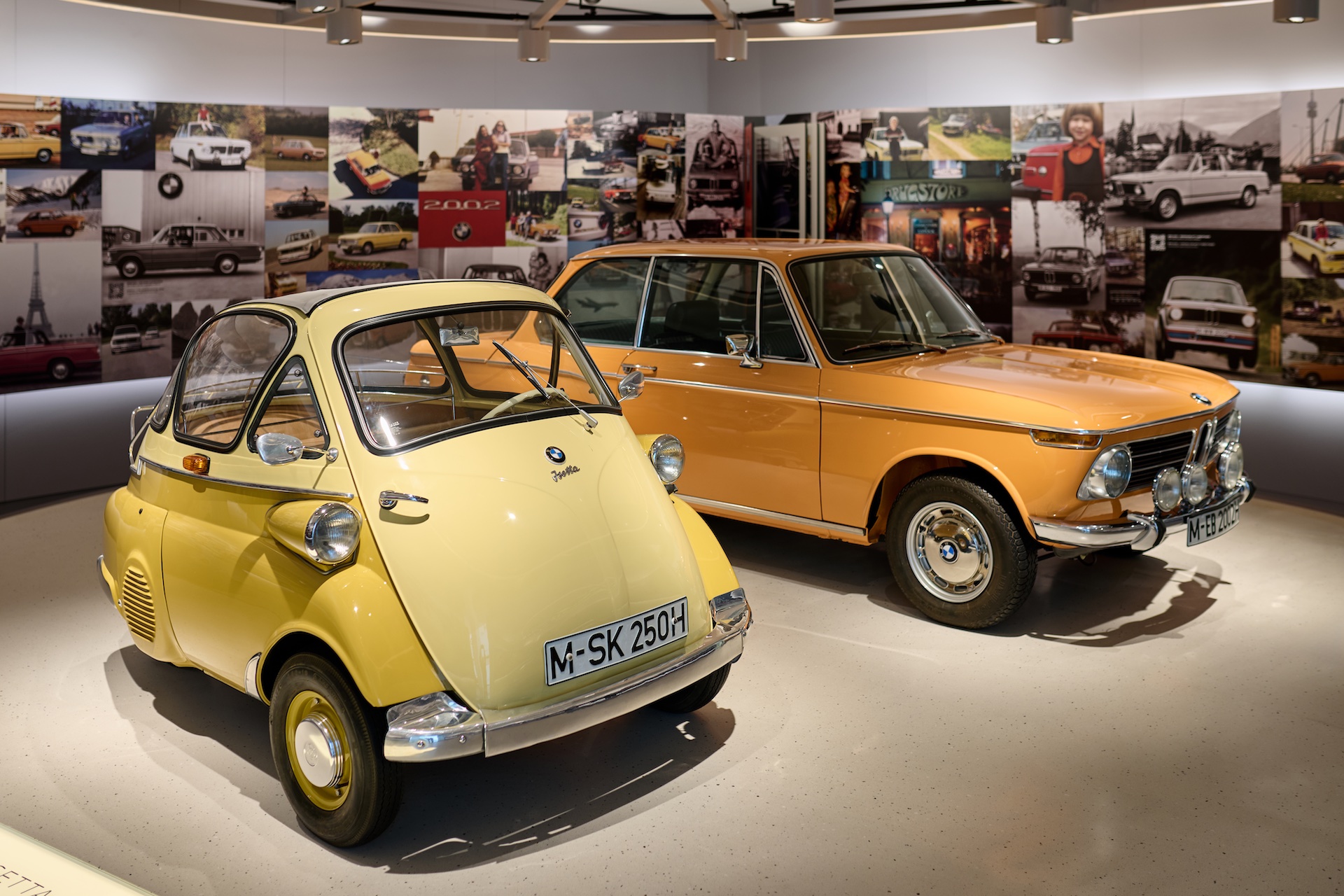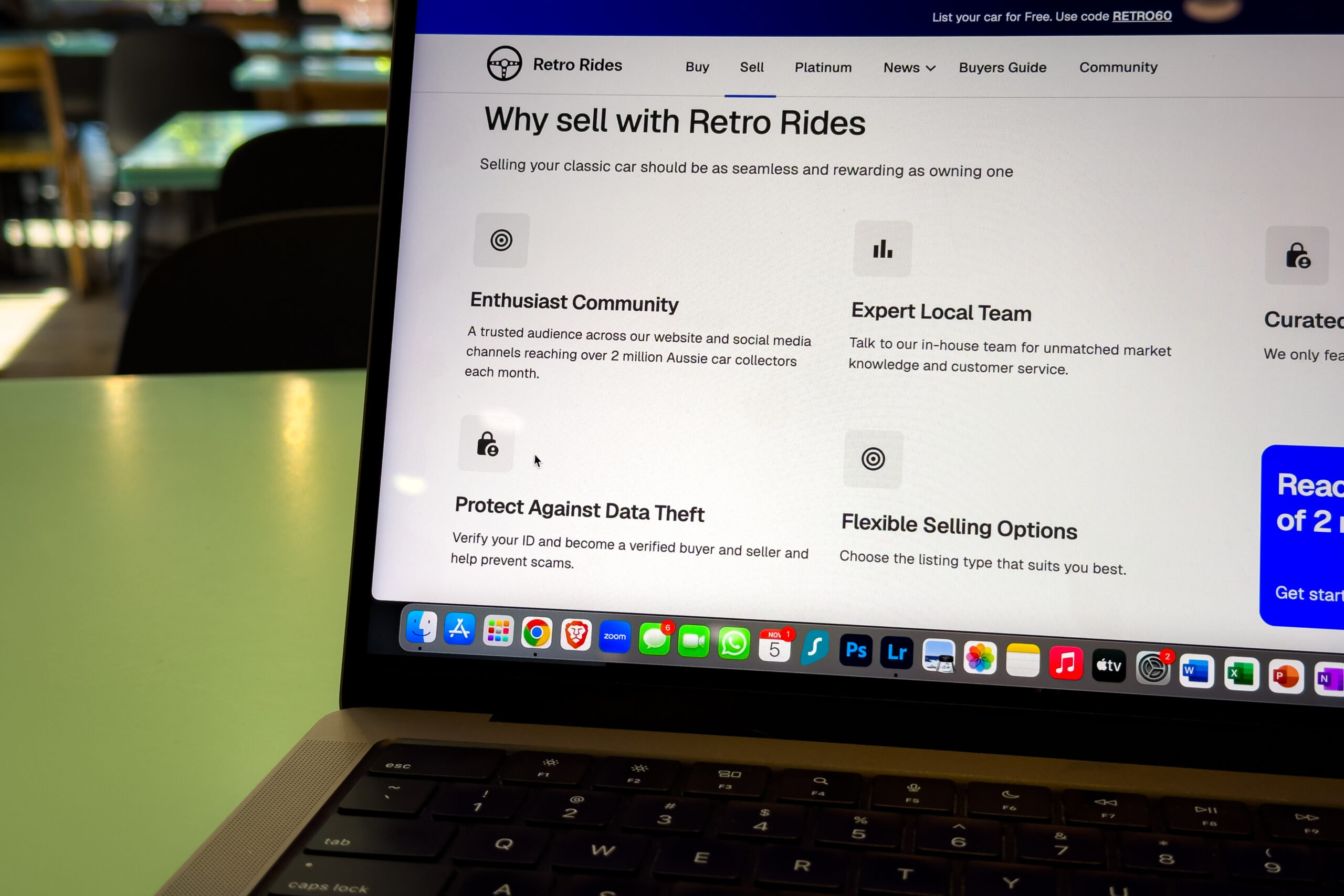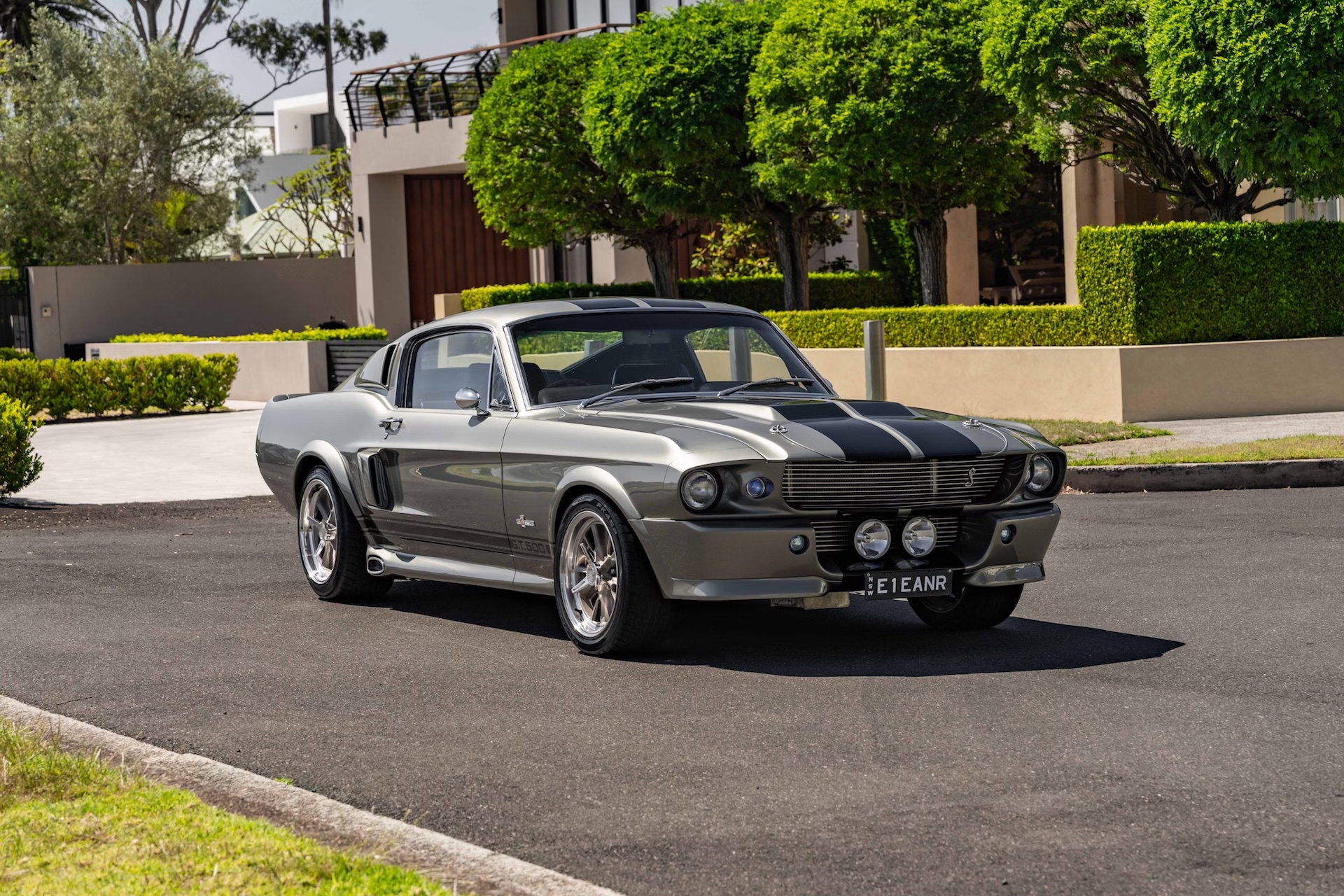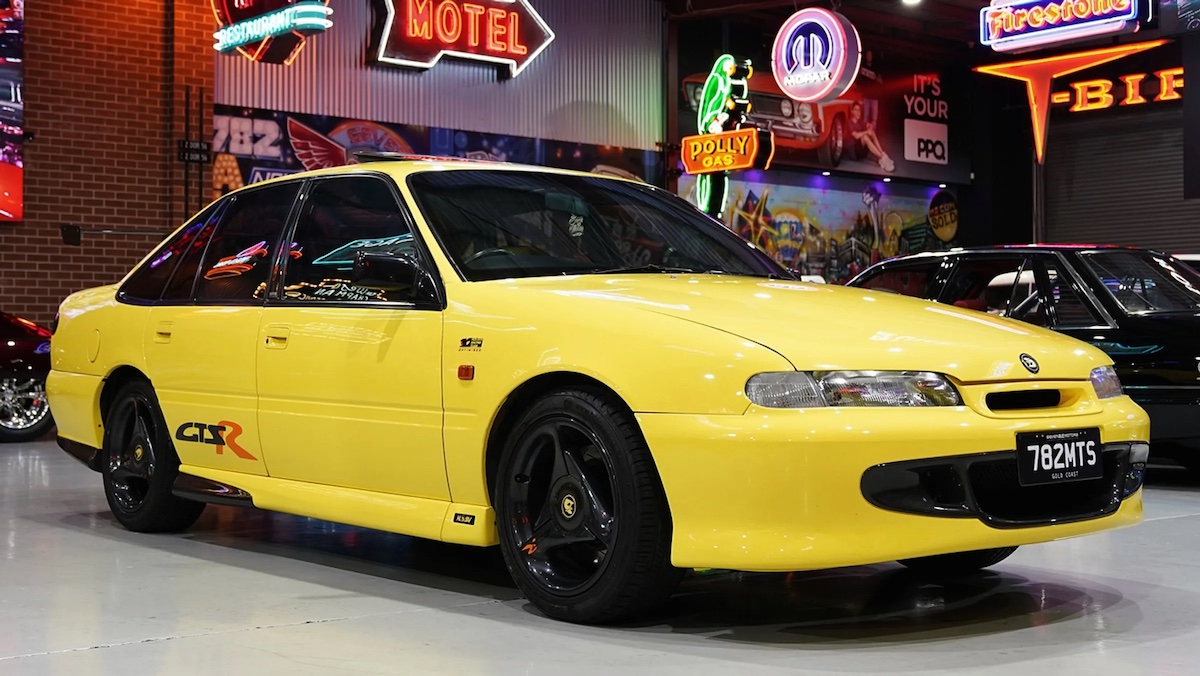The recipe for success at Bathurst is well established. Of the 61 races held, 51 have been won by a car with a V8 engine powering the rear wheels.
Obviously, since 1993 the regulations have dictated no other option, but even when it was open slather, from 1967, when the first Ford XR Falcon GT appeared, to 1992, only five winners had a different mechanical configuration.
To celebrate those who bucked the trend, here are our top five unlikely Bathurst heroes.
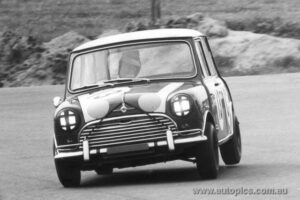
Finnish star Rauno Aaltonen attacks the mountain. Image Autopics.com.au
Mini Cooper S – 1966
When Australia’s premier 500-mile race moved from Phillip Island to Mount Panorama in 1963 the Ford Cortina GT was the car to have, taking the chequered flag on each of the first three occasions.
That all changed in 1966, when a regulation change upping the production requirement from 100 to 250 ruled the hot Cortina ineligible. This opened the floodgates for the Mini Cooper S, which swarmed all over the Bathurst grid like ants on a honey pot.
No other car stood a chance, the diminutive Cooper taking the first nine race positions, with Finnish rally legend Rauno Aaltonen and local ace Bob Holden securing the top step.
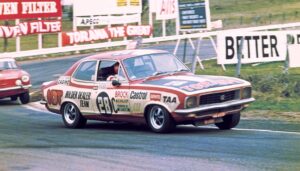
Brock in 1972. Image: HDT forums
Holden Torana GTR XU-1 – 1972
It might seem odd to call one of Australia’s most iconic muscle cars an unlikely hero, but since the arrival of the XR Falcon GT “there’s no replacement for displacement” had been the adage at Bathurst.
Nothing seemed to have changed for 1972, with the monstrous Ford XY Falcon GT-HO Phase III occupying the first four spots on the grid, and pole sitter Allan Moffat’s qualifying time fully 2.4-seconds faster than the leading Torana of Peter Brock.
The tide turned when the heavens opened on race day, largely nullifying the Falcon’s power advantage and allowing Brock’s incredible car control to earn him the first of his nine Bathurst wins.
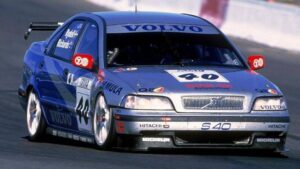
Rickard Rydell in the Volvo S40. Image Touring Car Times
Volvo S40 – 1998
In the late 1990s Australian touring car racing was at war thanks to television. V8 Supercars had inked a deal with Network Ten, but Channel 7 still held the rights to the Bathurst 1000 telecast.
The solution? The traditional Bathurst race would be held for the new Super Tourers and the V8s would have their own race later. It was a mess, and thankfully sanity soon prevailed.
Aussie racing fans were familiar with Volvos thanks to the 240Ts of the mid-1980s, but this one was front-wheel drive with five cylinders. As weird as the S40 must have seemed to rusted on Bathurst fans, it had a friendly face behind the wheel in the form of Kiwi race legend Jim Richards, who powered to the win with Swede Rickard Rydell as co-pilot.
Jaguar XJ-S – 1985
There was no doubt a few double-takes when Jaguar announced it would field a three-car XJS team at the 1985 Bathurst 1000. Plush leather, wood veneer and genteel suspension might have been the ticket for the string-back-glove driving set, but Mount Panorama? Strewth, Cobber!
But with plenty of development and some, ahem, creative interpretations of the rulebook, Tom Walkinshaw had already turned Jag’s V12-powered coupe into a European Touring Car Championship winner. With its job there done, the Big Cats were shipped to the Antipodes to conquer Bathurst.
Being 25km/h faster down Conrod than the traditional V8s, the Jag’s performance advantage was massive. The race wasn’t without drama, however, with one car taken out on lap three and Walkinshaw himself striking trouble, before John Goss and Armin Hahne secured victory for the Big Cat.
As a side note, the winning XJS still resides in Melbourne and makes regular appearances in the historic touring car scene.
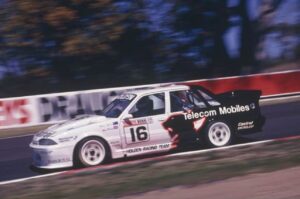
Grice / Percy took the win in 1990. Image: HSV forums
Holden VL Commodore SS Group A SV – 1990
It’s a statement of fact that you needed a turbocharged car to win at Bathurst during the late Eighties and early Nineties. The highest placed Commodore in the 1990 Australian Touring Car Championship was eighth-placed Win Percy thanks to a solitary podium, and even that was an anomaly.
In the Top Ten shootout for the 1990 Great Race Allan Grice’s best effort was over two seconds off the pace as Ford Sierra RS500s filled the top five spots.
But come the race itself, reliability issues and the Sierra’s ravenous appetite for tyres proved their undoing. One by one the furiously fast Ford’s fell by the wayside, allowing Allan Grice to take his second win along with Win Percy. It was an unlikely but hugely popular victory for Australia’s Own.

